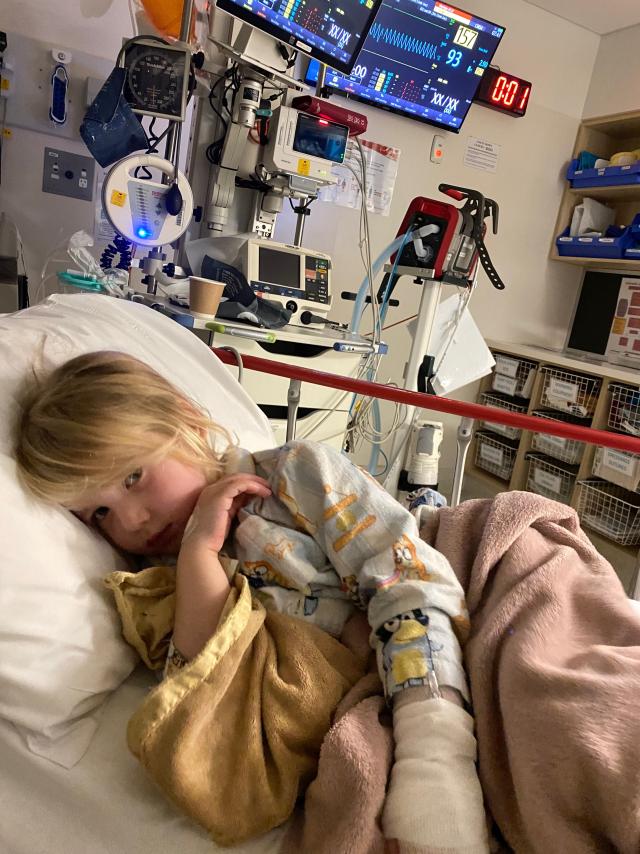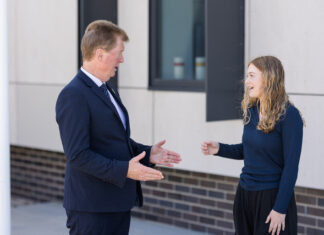
Geelong, Bellarine, and Surf Coast kids are more likely to have asthma than children in other parts of the country, according to new research.
A University of New South Wales (UNSW) study identified Geelong and its surrounding areas as an asthma cluster and recorded a higher than the national average of children up to 14 years old with asthma at 6.3 per cent.
Childhood asthma prevalence was the highest in the Newcomb-Moolap area, at 10.10 per cent, followed by Bannockburn at 8.87 per cent, Norlane at 8.75 per cent and Lara at 8.65 per cent.
Geelong mother Millie Durst’s children Ryder, 13, and Lottie, 5, were both diagnosed with asthma and had been in and out of hospital since they were young.
“Ryder had his first hospital admission at 10 months old, and my knowledge of asthma grew while Ryder was at hospital,” Ms Durst said.
“At one of Ryder’s asthma appointments, the doctor could hear Lottie wheezing and suspected she had asthma. She was diagnosed at six months old.
“Lottie is currently on immunotherapy which is pretty much unexplored for children under six… and we started treatment, which includes fortnightly injections, in December.”
Ms Durst said her advice for parents who might be going through a similar situation to what she went through was to “really advocate for your kids”.
“There have been times when I’ve felt dismissed by doctors and had to ask for another doctor or perspective,” she said.
“It is a really challenging road for families, especially those who have no family history of asthma… Parents also need to be mindful of asthma first aid.”
Asthma Australia chief executive Kate Miranda said she was asking political parties to support the organisation’s Healthy Futures for Kids with Asthma Program following the UNSW study’s findings.
“Our program is designed to meet this need of helping families manage asthma more effectively and keeping kids out of hospital,” she said.
“Many neighbouring areas in Geelong have a higher proportion of children living with asthma compared to the national average, which increases demand and cost on the healthcare system.”







